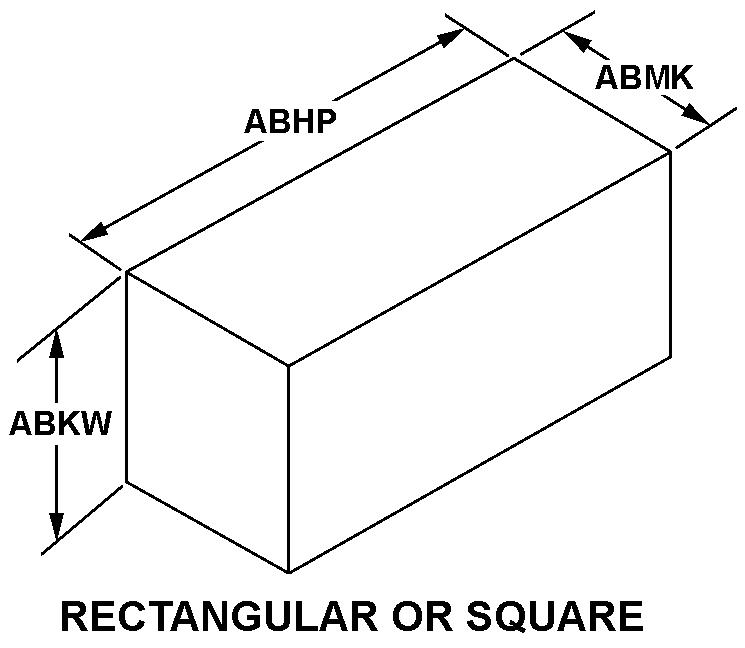5930015164454
Price Quote Get an up to date pricing and availability quote for this product. Order online or over the phone.
Quality Commitment
Serving our customers with quality and safety first.
- AS9120 Certified
- Audited supply chain
- ITAR Registered
- DDTC Registered
- HAZMAT Certified
- Customer service objectives
- Every product 100% inspected

5930-01-516-4454 Specification Set by the OEM (see RNCC code 3)
6.300in. ⁓6-5/16"
3.500in.
6.000in.
rectangular or square
encased
manual
FREE-Standing
remote
solid state
leads supported DB25:1-25; signal level 15 volts max; ce approved; interface RS-232, ttl, centronics, RS-530, v.35, analog and more; connectors 3, 4, or 5 DB25F on rear panel; RJ-45; 1 4 screw terminal; indicators 1 switch position; power 115 vac, 60 hz
works locally with switch and remotely through eia or ttl control signals, with a number of interfaces, and a wide range of input voltages; choose remote access port RS-232, RS-422, RS-485, RS-530, ttl or dry contacts, enables both crossover and standard straight through operation; abc 2 to 1
Cross Reference Parts Part numbers that meet the specification outlined on this page and set by the OEM
Identification Item Identification Guide (IIG) and Item Name Code (INC)

Definition Definition of approved item name (AIN): "SWITCH,ELECTRONIC"
An electronic device which provides for the transfer of the electrical signal input from one component to another, or between two or more components. It may also provide a continuous sequency of switching or sampling of a number of circuits. See also gate, electronic.
5930-01-516-4454 Material Hazmat, Precious Metals, Criticality, Enviroment, and ESD
Indicates there is no information in the hmirs. The nsn is in a fsc in table ii of fed std 313 and a msds may be required by the user. The requirement for a msds is dependent on a hazard determination of the supplier or the intended end use of item.
Item does not contain precious metal.
No known electrostatic discharge (esd) or electromagnetic interference (emi) sensitivity.
Represents items with no adp components
The item does not have a nuclear hardened feature or any other critical feature such as tolerance, fit restriction or application.
Identification Codes
HMIC: Hazardous Material Indicator Code. A one position code that identifies a hazardous item.
PMIC: Precious Metal Indicator Code. A one position code which identifies items that have precious metals as part of their content. precious metals are those metals generally considered to be uncommon, highly valuable, and relatively superior in certain properties such as resistance to corrosion and electrical conductivity.
ESD: Electrostatic Discharge. Indicates if an item is susceptible to electrostatic discharge or electromagnetic interference damage. electrostatic discharge damage occurs when an accumulation of static electricity generated by the relative motion or separation of materials is released to another item by direct contact. electromagnetic interference damage occurs when an item comes into proximity with an electrostatic or magnetic field.
ENAC: Enviromental Attribute Code. Identifies items with environmentally preferred characteristics.
CRITL: Criticality Indicator Code. Indicates an item is technically critical by tolerance, fit, application, nuclear hardness properties, or other characteristics.






